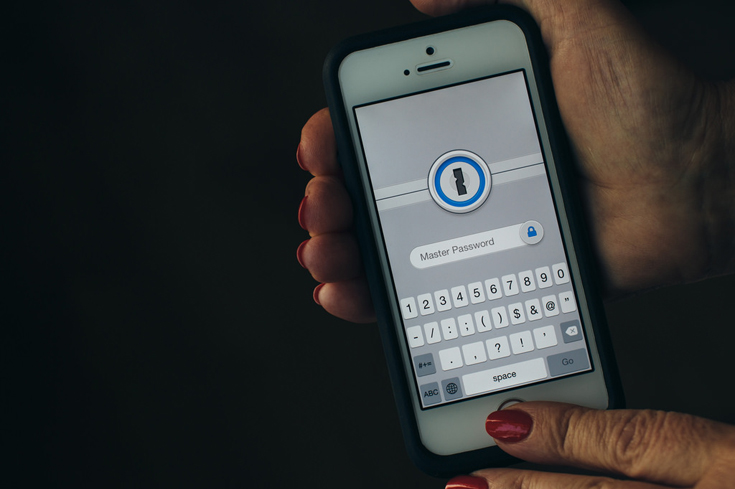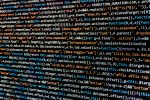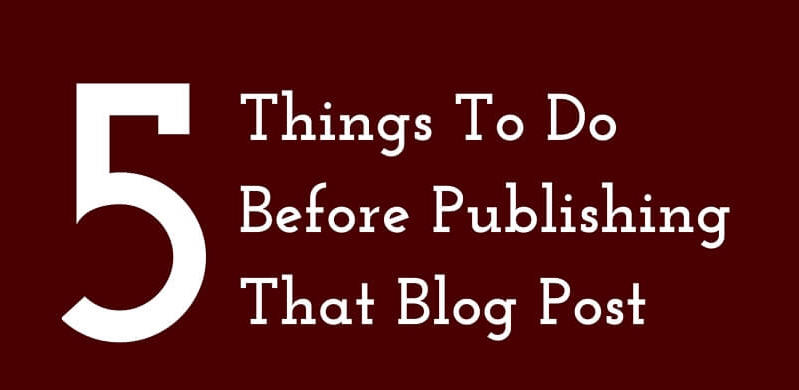A Guide to Making Sure Your E-Life is Secure

Our digital lives and our daily lives are now so intertwined that it can be difficult to separate the two. We are online to such a degree, and use the Internet for so many different things, that we often forget that our digital lives are unique. And this can lead to complacency and a false sense of safety. However, your online life is constantly at risk, from such threats as identity theft, hacking, and unlawful credit card access. Needless to say, it pays to play it safe! To secure your E-life and protect against these risks, take the precautions below.
Practice Good Password Management
Staying safe online begins with strong password management. You have likely heard more than once that a strong password is the best defense against hackers, but it bears repeating. Using a strong password can mean the difference between having your online account compromised and being left alone.

There are a number of ways to create strong passwords that will help protect you online. In simple terms, the more complex the password, the safer your personal information is from hackers. Avoid birth dates, surnames and given names, and commonly known interests. It is also recommended that you use multiple characters, including numbers, lower and upper case letters, and perhaps even special characters. And try and create a password that is at least eight characters in length.
Always Secure Your Bank Information
If you are banking online, always do so from a secure connection, and always log out once you have completed your transaction. When it comes to online banking, it doesn’t hurt to be overly precautious. Never access your bank account through an email, even if you believe the email is authentic; navigate directly to the bank’s website on your browser to ensure the site is valid. Most banks have a secure HTTPS domain address; look for a lock symbol in the address bar to ensure the site is safe. Additionally, monitor your accounts regularly so that you can stay up to date on transactions. If you notice anything suspicious, contact your bank at once and report it.
Be Mindful When Using Public Wi-Fi
Unsecured public Wi-Fi networks can be dangerous. They leave you vulnerable to hacking, particularly when accessing personal data. If you must use public Wi-Fi, avoid conducting online banking or any other sensitive tasks – limit your use to browsing, music streaming, or video streaming instead.
If you are in a public place and want to access a secure connection (for example, to view your credit card account from your laptop), consider using a mobile Wi-Fi hotspot instead. Service providers like T-Mobile offer Wi-Fi hotspots at affordable rates, so you may want to consider it if you don’t yet have one. A Wi-Fi hotspot turns your cell phone into a secure wireless router, enabling you to use your phone’s encrypted data network from your laptop or tablet. It’s safe and convenient.
We found a super helpful Twitter thread about this exact vulnerability by Brendon Gumede:
Use Anti-Virus Software
It’s always a sound practice to install anti-virus software on your device (even your mobile device). Just as a locked car door thwarts all but the most dedicated of car thieves, anti-virus software can help safeguard against a wide range of common online threats, such as malware and viruses. Without anti-virus software in place, you could be vulnerable to hacking. A good anti-virus software will automatically scan your device for common threats and bring them to your attention (or remove them on its own), so that you can act before any damage is done.
Be Wary of Phishing Schemes
Phishing is the act of passing false information off as authentic in order to gain access to personal and private information, such as passwords, credit card numbers, bank account numbers, or social security numbers. Typically, phishing is done via email or online display ads (though you can likely trust any ads that you come across on reputable websites). To help protect against phishing, enable filtering on your email account so that your email provider can filter out suspicious email messages before they ever arrive. Email services like Gmail and Outlook are quite good at filtering between real and fake messages, and will do the bulk of the work for you. Nonetheless, if you do come across a message that you find suspicious, report it to the company in question before acting – it’s better to be safe than sorry.

Shop from Trusted Retailers
You may notice a trend among these suggestions. If you stick to trusted, known online resources, your chances of being hacked can be drastically reduced. Go with your instincts. If a website seems suspicious, it probably is. If an email seems suspect, don’t open it (and certainly don’t download any attachments contained within). When shopping online, use only known and trusted retailers or E-commerce sites. Think Amazon or Target. Seek out retailers with secure websites (again, those with an HTTPS domain name), practice common sense, and only shop on secure networks, and you can help prevent identity theft or worse from happening to you.
What are some tips you recommend for staying safe online?







